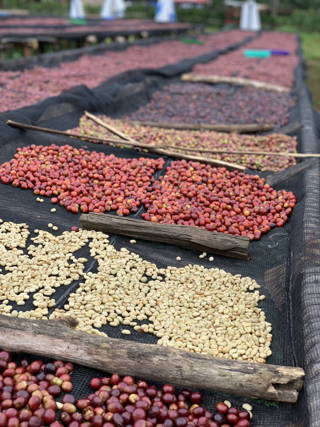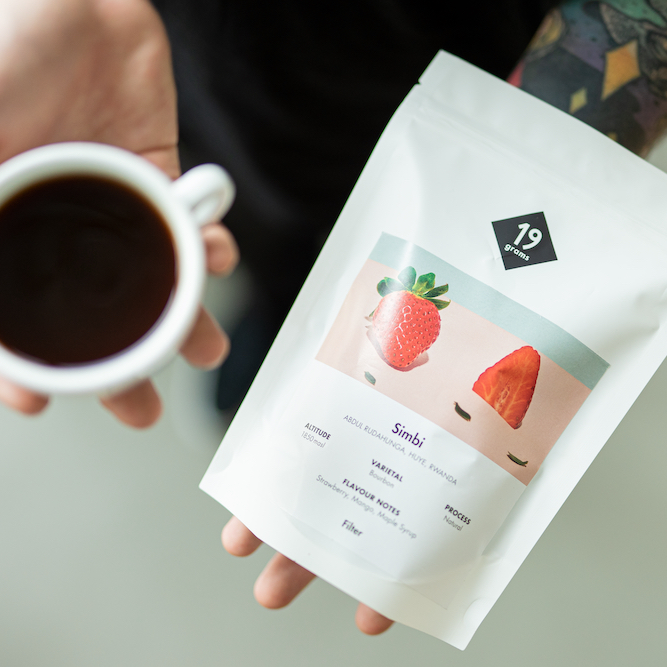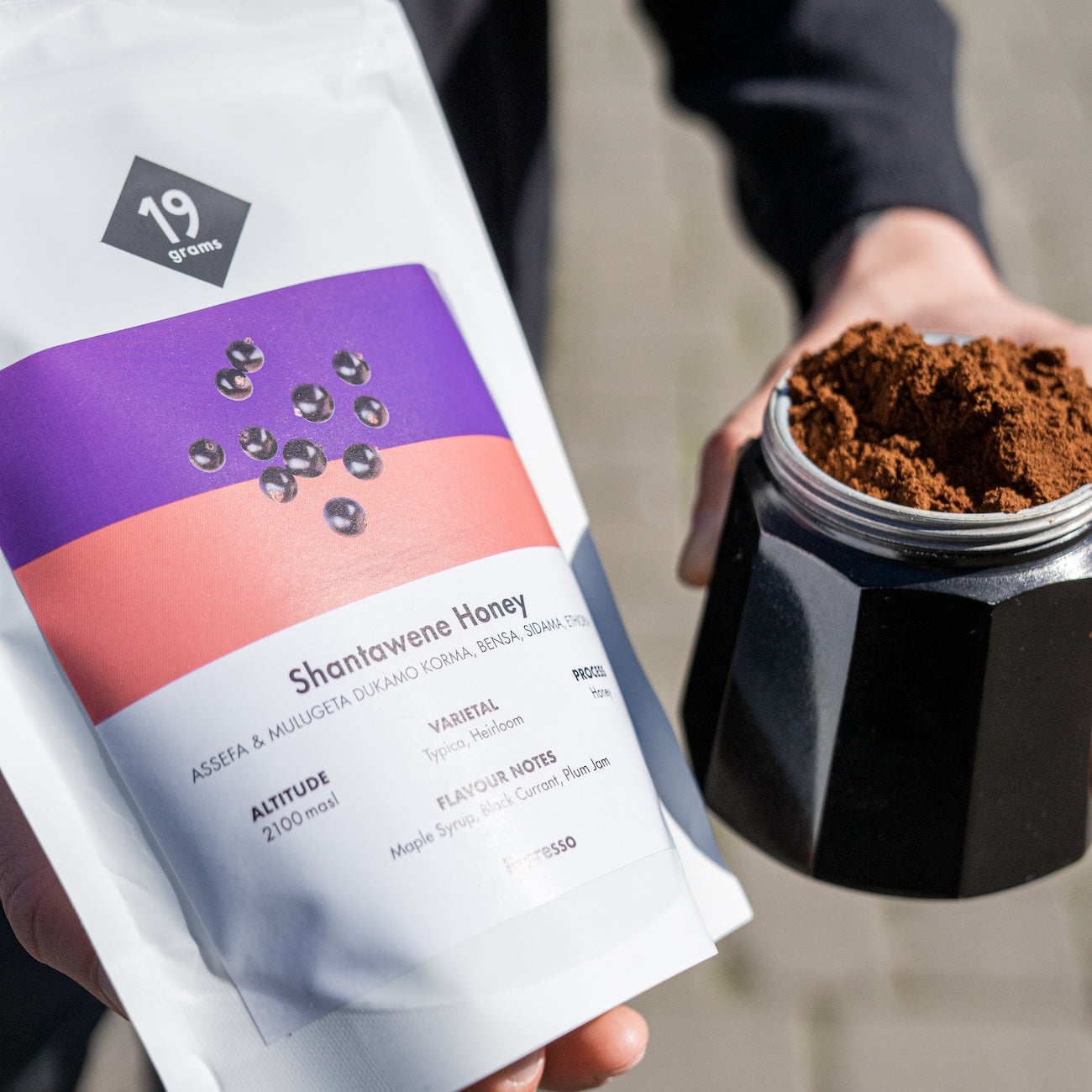The silverskin is a component of the coffee cherry. More precisely, it is the seed coat, a thin protective covering that adheres firmly to the two seeds of the coffee cherry, the coffee beans. The silverskin surrounds the coffee beans as the lowest protective layer and is itself in turn surrounded by the parchment skin, the pectin layer, the pulp and the fruit skin.
Since the silver skin is not removed during preparation, this can be done by further processing steps. Sometimes, so-called polishing or buffing is also used. It is used to improve the appearance of the green coffee and, if necessary, to facilitate the roasting process, which is particularly important for certain home roasters. In addition, the silver skin is also removed during decaffeination and mild treatment (steaming). In all other cases, the silverskin is largely removed during roasting. In the initial phase of roasting, the bean expands, but the silverskin does not shrink with it. As a result, the silverskin is virtually blown off and separated and removed from the roasted product with the aid of suitable air currents (cyclones) in the roasting machine. Only in the characteristic cut of the bean do residues remain even in the roasted state, which, by the way, have no negative effect on the quality of the roasted coffee. Incidentally, the coloration of the silver skin residue on the roasted bean indicates whether it was originally a wet bean (light silver skin residue) or a dry processed bean (dark silver skin).






